Digital Twins: How engineers can benefit
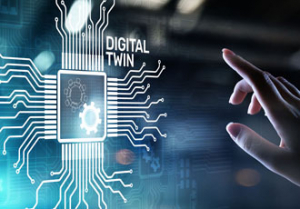
Digital twins are digital representations of physical, real world assets in operations. They mirror the condition of assets and provide relevant historical data about them in real time. These up-to-date representations are invaluable to engineers in adapting to the demands of the Industry 4.0 era.
Written by Philipp Wallner, Industry Manager, Industrial Automation and Machinery, MathWorks
Digital twins allow teams to analyse operational data to optimise and evaluate current and future performance, as well as increase automation and drive efficiency. This means engineers can deliver cost savings and increase speed of development.
Digital twins offer numerous benefits
One key benefit of digital twins is that they provide high volumes of data to inform engineers and help them make better decisions on operations. What is important is that engineers can choose to capture specific types of data for different digital twins. This exploits how both digital twins continuously represent a real asset’s state in the present, and also keep track of past states that make up a specific asset’s history.
So how might an engineer apply this in practice? One example is how they can create a digital twin that captures the history of a specific pump’s operational data from its healthy and faulty state for fault classification. In the future, when engineers need to decide which type of pump to use for a specific use case, they can compare operational data history captured by a digital twin for one type of pump to another. This enables them to understand the impact of faults on each pump and the effect on efficiency, and therefore pump which would be more suitable for their needs.
Another advantage is how digital twins help engineers improve their predictive maintenance strategy. For example, when one particular pump is nearing failure, teams can decipher how this problem will affect the efficiency of the entire fleet of pumps and the possible cost by analysing the digital twin asset history. This helps engineering leaders and teams to decide whether to order a new part with standard or expedited delivery, the latter of which will cost more but could be more cost-efficient overall. Data insights from the twin can also help teams determine the remaining useful life for equipment performing with no issues and decide the best time to service or completely replace equipment.
Engineers can use digital twin data to simulate future scenarios to learn how weather conditions, operating environments, fleet size and more affect equipment performance. This allows them to manage and optimise assets to mitigate risk, reduce costs or drive system efficiencies.
There is a powerful role for using digital twins for anomaly detection. In this case, a digital twin runs in parallel to a real asset and notifies engineers in real-time of operational behaviour that is outside normal parameters. For example, an oil company might stream data from sensors on offshore rigs that continuously operate, and their digital twin models identifies anomalies. This way, engineers can identify potential equipment damage as it happens to prevent future disruption and minimise costs.
Digital twins working in practice
To illustrate how engineers can benefit from digital twins in practice, they can consider the example of an oil and gas company with three well sites at different locations. Say at each site the organisation operates pumps for oil and gas extraction. The company can apply predictive maintenance to a digital twin on multiple pumps. Engineers could build a digital model that updates itself with real-time data transmitted from sensors and operating conditions of each pump. The digital twin model records the readings and outputs the current state. Employees can analyse this data to:
Reduce equipment down time
Each pump has components such as valves, seals and plungers that could fail. Digital twins allow staff to prevent failures by predicting them in advance to reduce equipment downtime.
Manage inventory
Engineers can leverage digital twins to recognise faults that develop and gain insight into which parts of a system need repairing or replacing, which enables better inventory management.
Improve operational planning
At each of the well site locations, pumps could have similar functionality but each one may have varying environmental conditions, such as temperature, affecting operations performance. Digital twins allow the organisation to monitor the entire fleet, simulate future scenarios and compare pumps. This means engineers can identify ways to improve efficiency and operational planning.
Creating digital twin models
For engineers tasked with developing digital twins and reaping the benefits for their organisation, there are several methods of which teams should take note.
Data-driven model
Organisations that have the goal of optimising maintenance schedules by estimating remaining useful life should use a data-driven model. The type of data from an asset will establish which data-driven model to use. If engineers have complete histories from similar machines, they can use similarity models. If they just have failure data available, they can use survival models.
If they don’t have any failure data, but know the safety threshold, they can use a degradation model. In this scenario, the degradation model is continuously updated using data from the pump and measured by different sensors including vibration, pressure and flow to calculate remaining useful life.
Physics-based model
Should a company be aiming to simulate future scenarios and examine how its fleet will perform, it should use a physics-based model. This method connects mechanical and hydraulic components, and engineers feed the model with data from an asset. Its parameters are estimated and tuned with this incoming data to keep the model constantly updated. Teams can then test assets’ behaviour under a variety of fault types and conditions.
Kalman filters
There is another model engineers can consider which combines both data and physics – Kalman filters, which is an algorithm that provides estimates of some unknown variables given the measurements observed over time. This is a good option for engineers looking for digital twin models which create a history of the degradation of a pump and periodically update the current state to represent the current condition of the asset.
Once leaders have decided on the models to use, design teams need to create a unique digital twin for each asset. For each asset at a different location, engineers must create a new digital twin initialised with that specific piece’s parameters.
The total number of twins depends on the application and required level of precision. If modelling a system of systems, they may or may not need a digital twin for each system of components. For example, to run both failure prediction and fault classification, design teams must create models that serve each of these purposes.
Realising value
The variety of benefits digital twins offer makes harnessing this technology a top priority for engineers as they transition their organisations in line with the goals of Industry 4.0. Digital twins unlock invaluable insights into equipment operating performance, allowing engineers to make smarter decisions in all aspects of their work.
By having up-to-date representations of all assets, employees can optimise efficiency, reduce equipment downtime and plan for the future. All these improvements mean workers can reduce time to development, deliver greater cost savings and ultimately boost the company’s bottom line.
Similar articles
More from MathWorks
- Digital Twins: How engineers can benefit 19th February 2021
- 5 trends for Industry 4.0: The factory of the future 16th December 2020
- Key AI and Industry 4.0 trends for engineers in 2020 26th November 2019
- Female STEM workers face same challenges as Ada Lovelace 11th October 2019

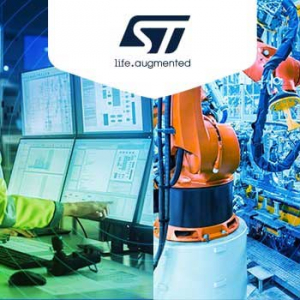
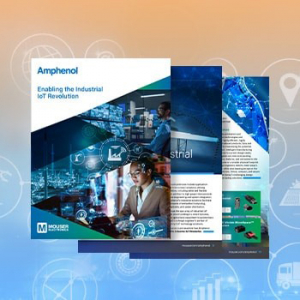
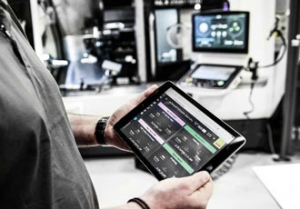
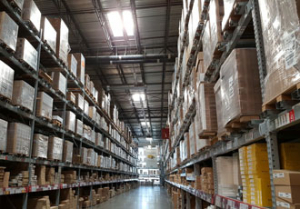







Write a comment
No comments